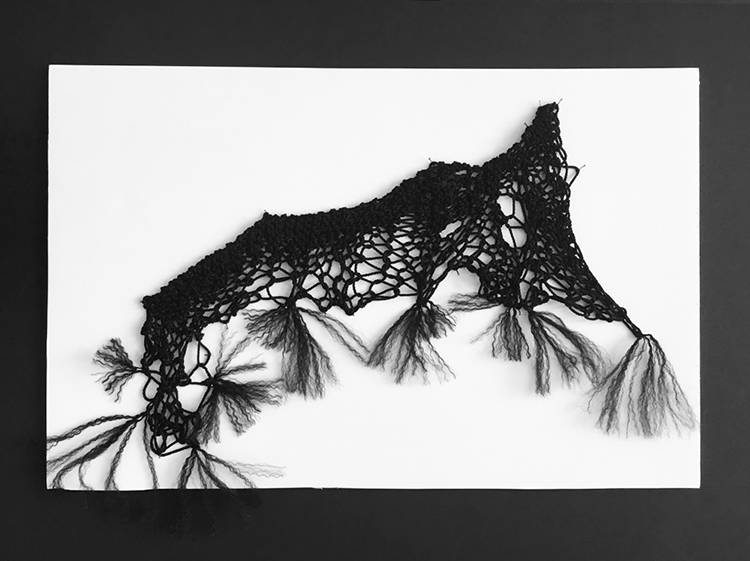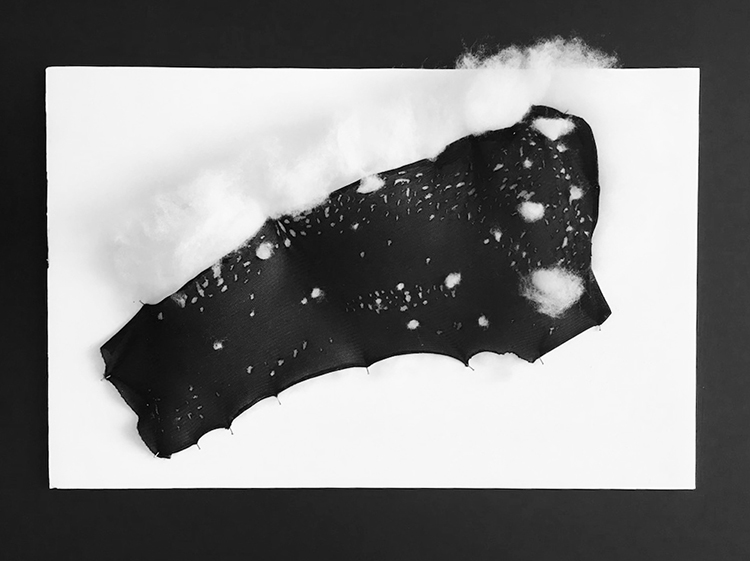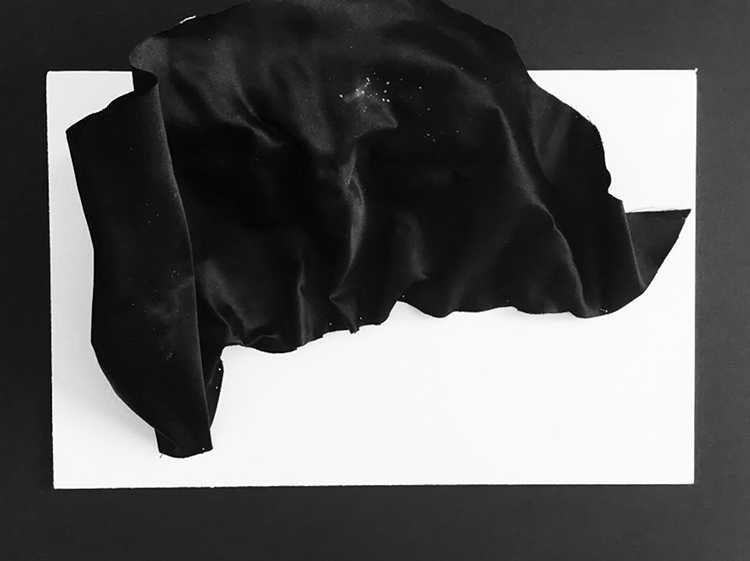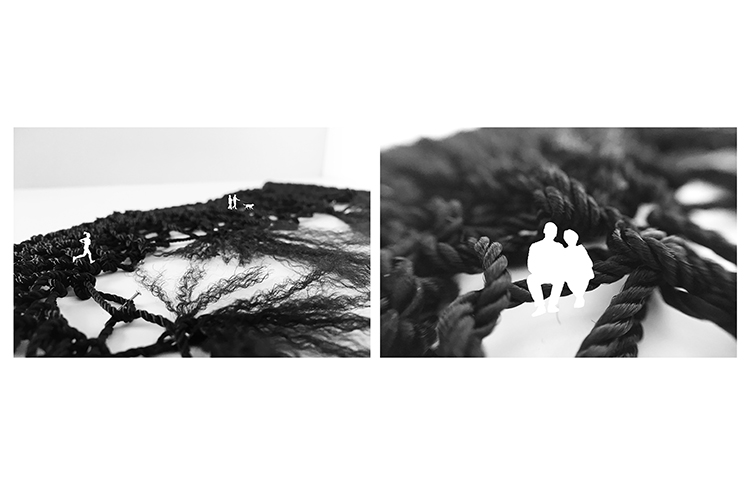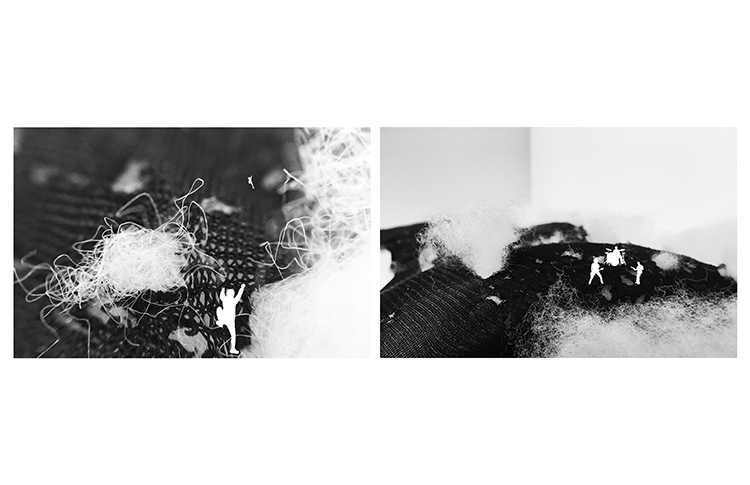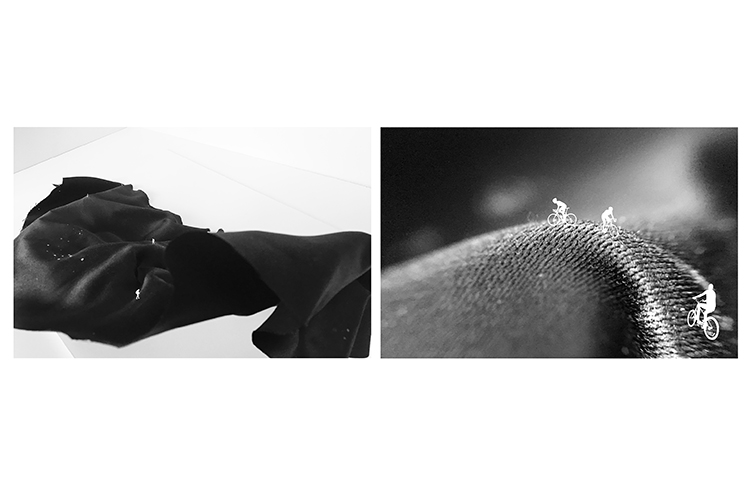Experimental Model
This model was created using bristol paper, acrylic, fishing line, and a laser cutter. The “pancake” model is a standard way to model landforms, but for this exercise, we were asked to experiment and show topography in a novel way while incorporating the use of a laser cutter. I wanted to push the potential of paper as a material by turning it into something that could stretch and create topography using tension similar to the forces that act on landforms in the real world.
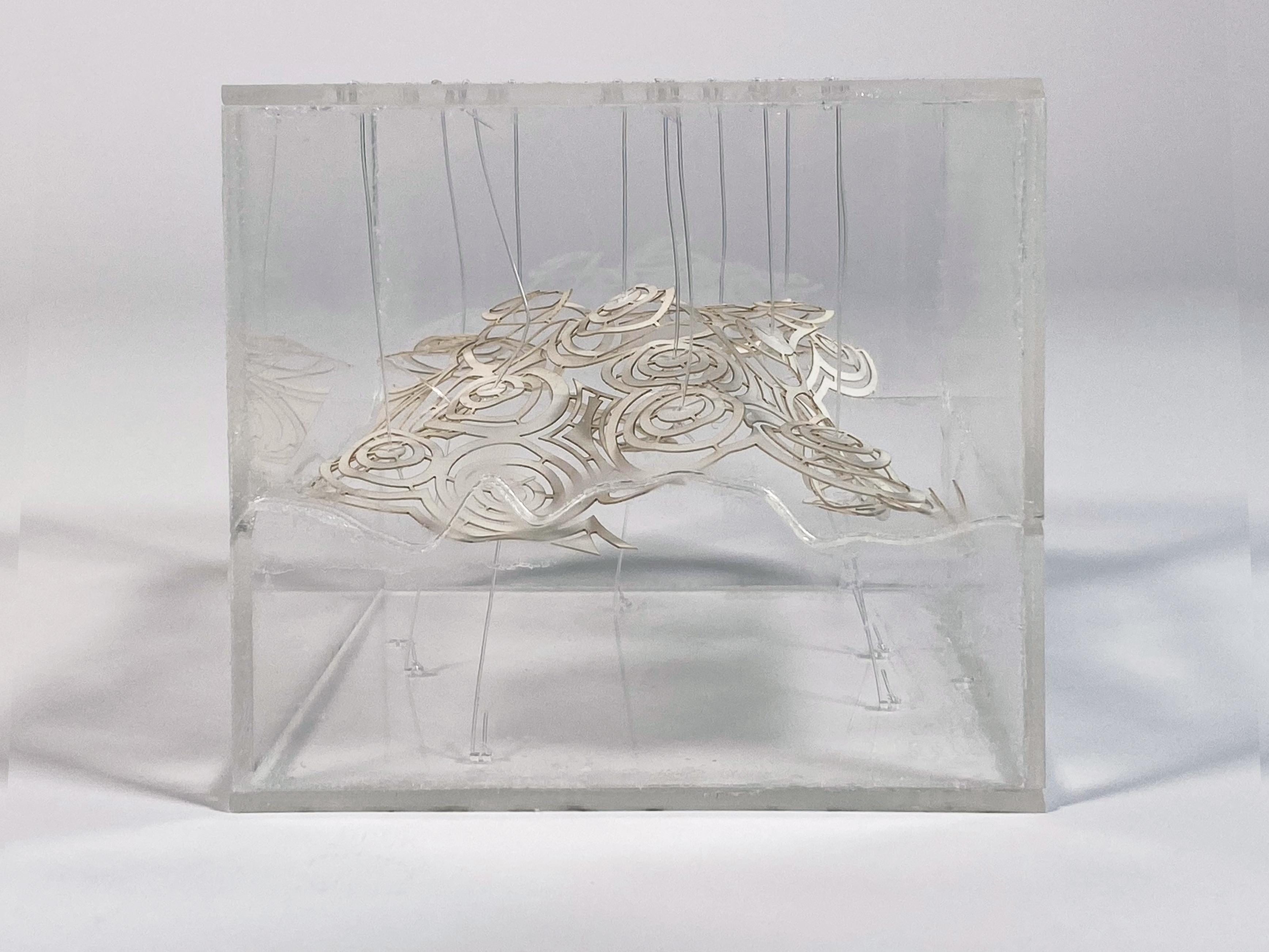
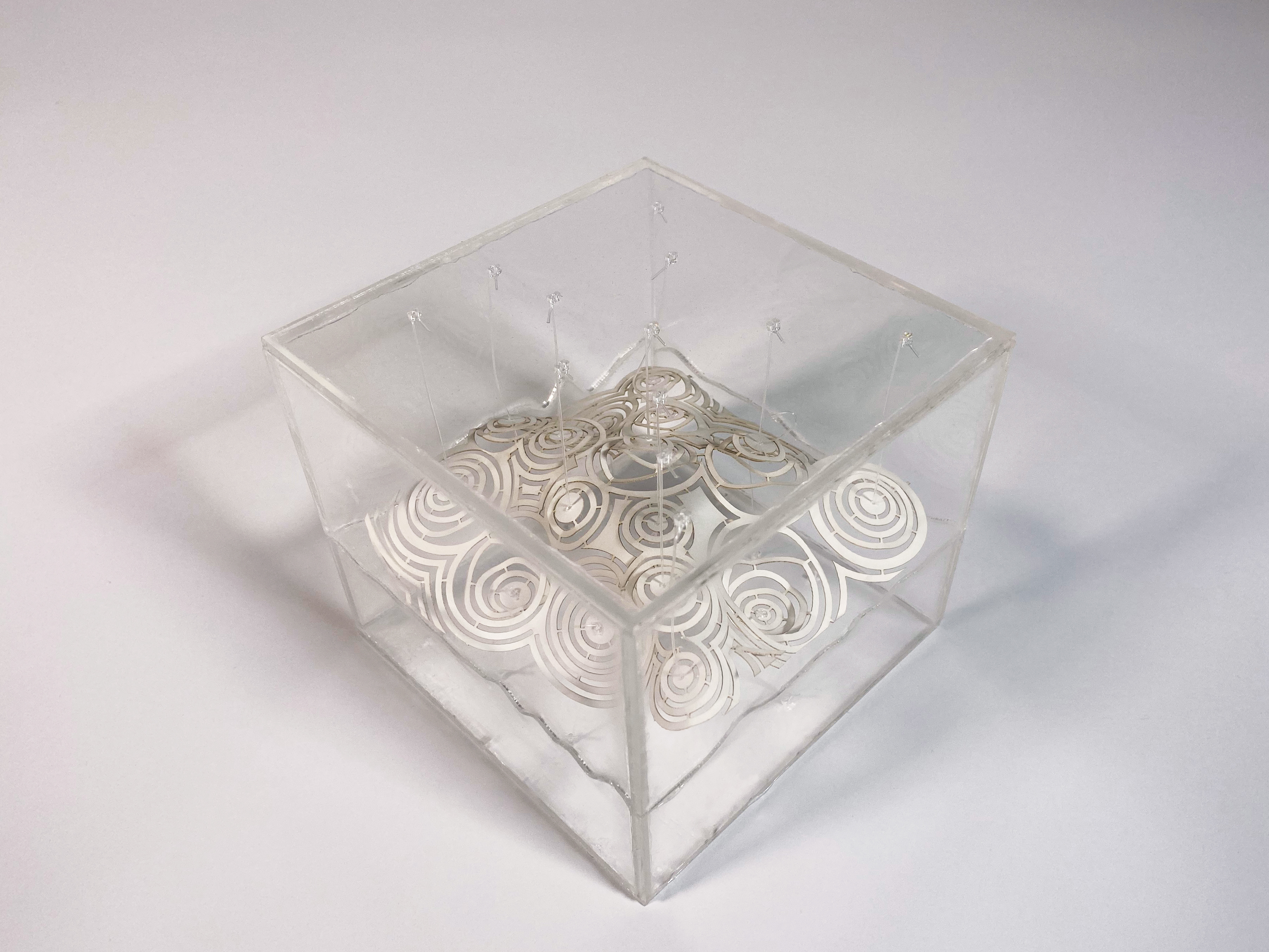
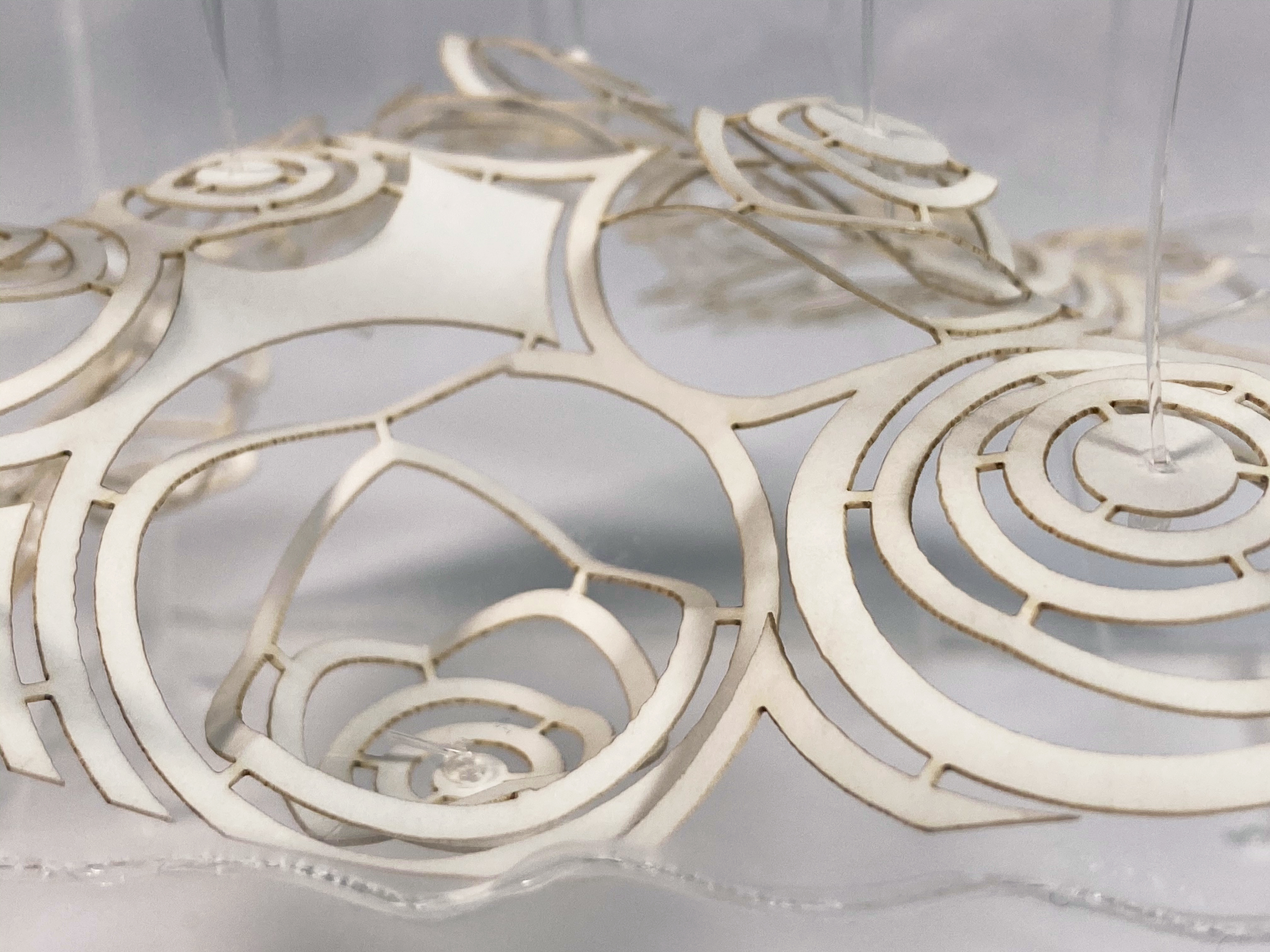
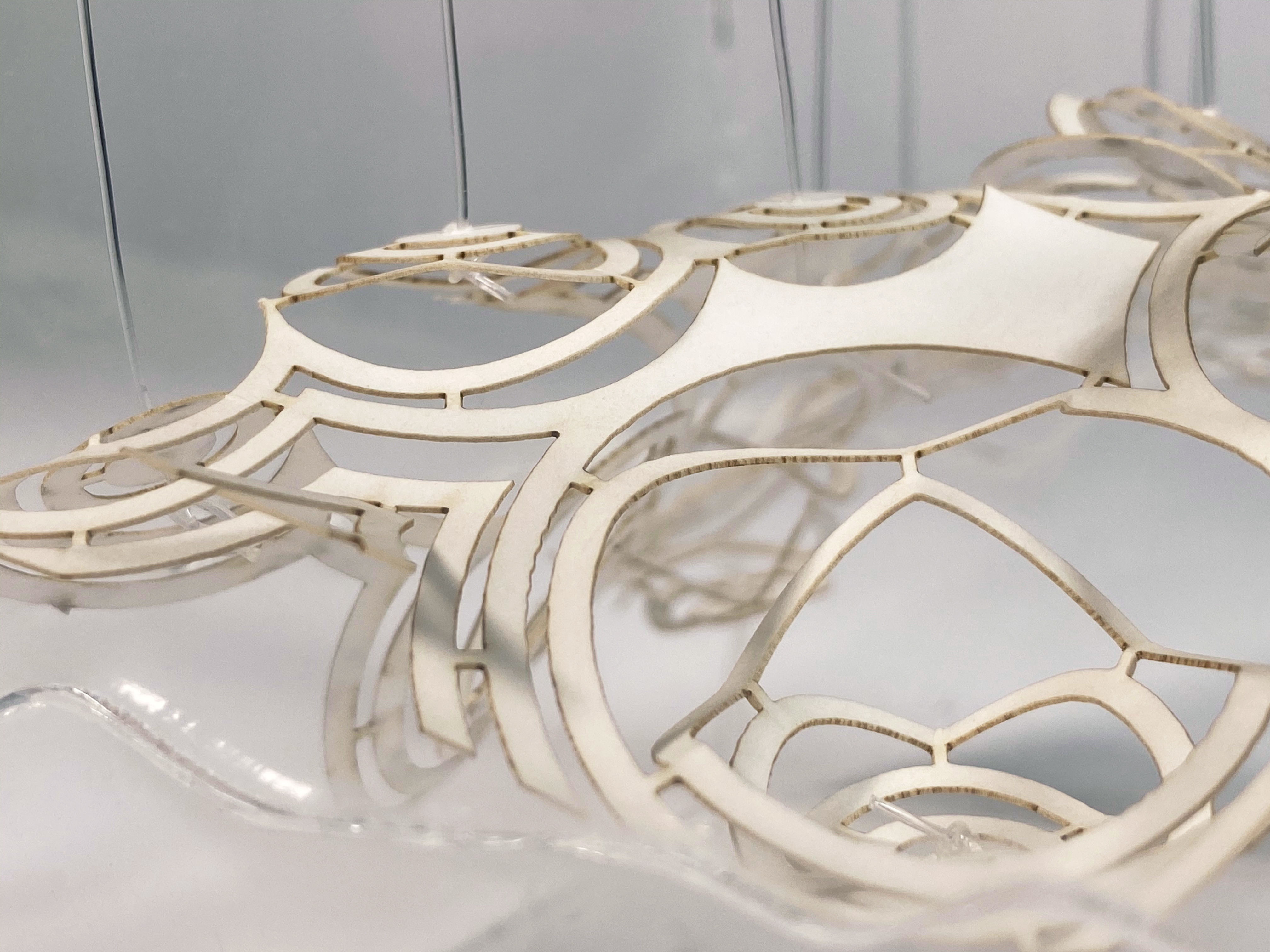
Abstract Site Model
This model was created using a 3D printer and CNC routed wood. I used the building up and cutting down of the two techniques to explore the textures and spaces created by the acts of construction and deconstruction. You can read more about the project this model was made for here.
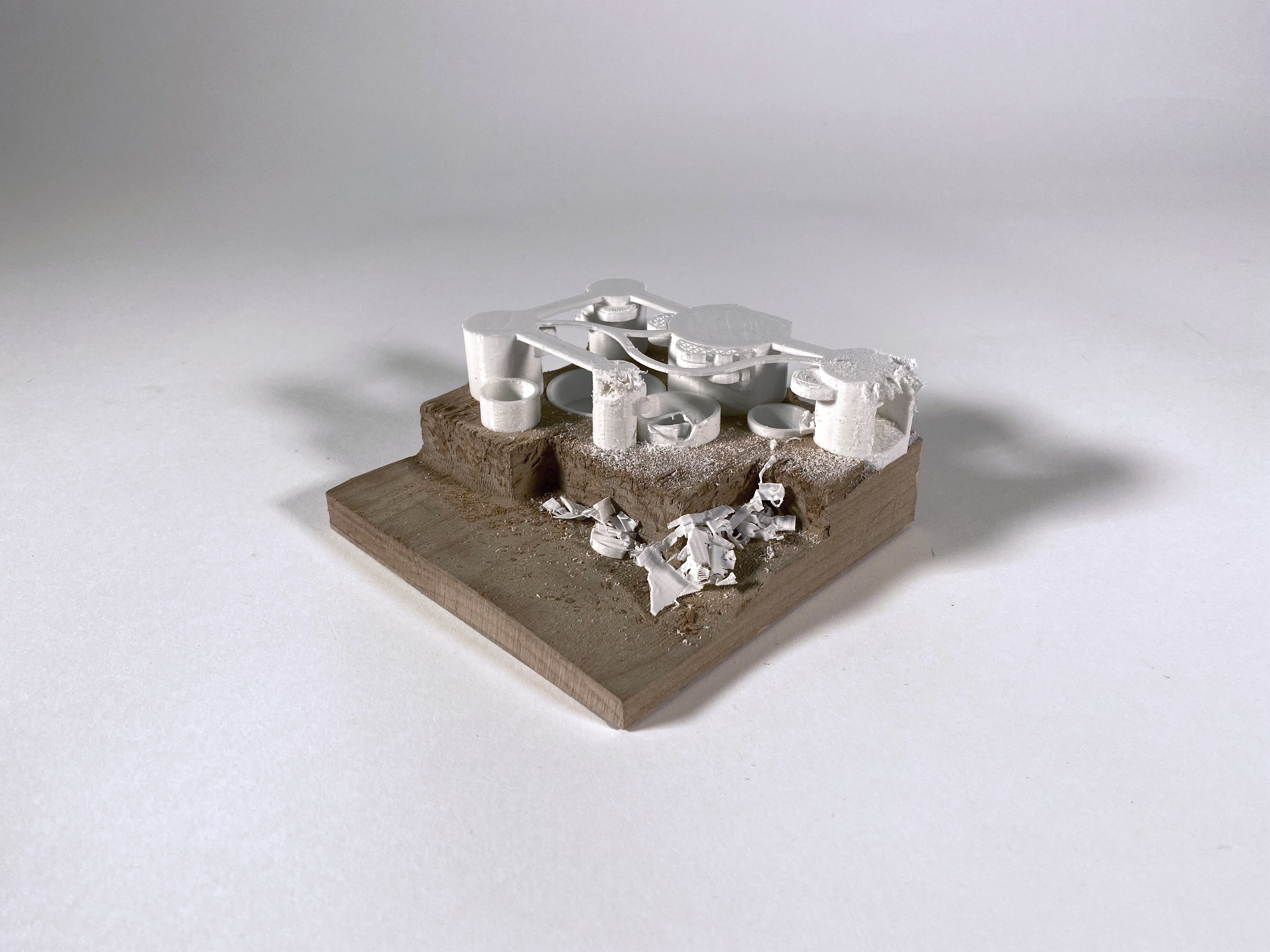
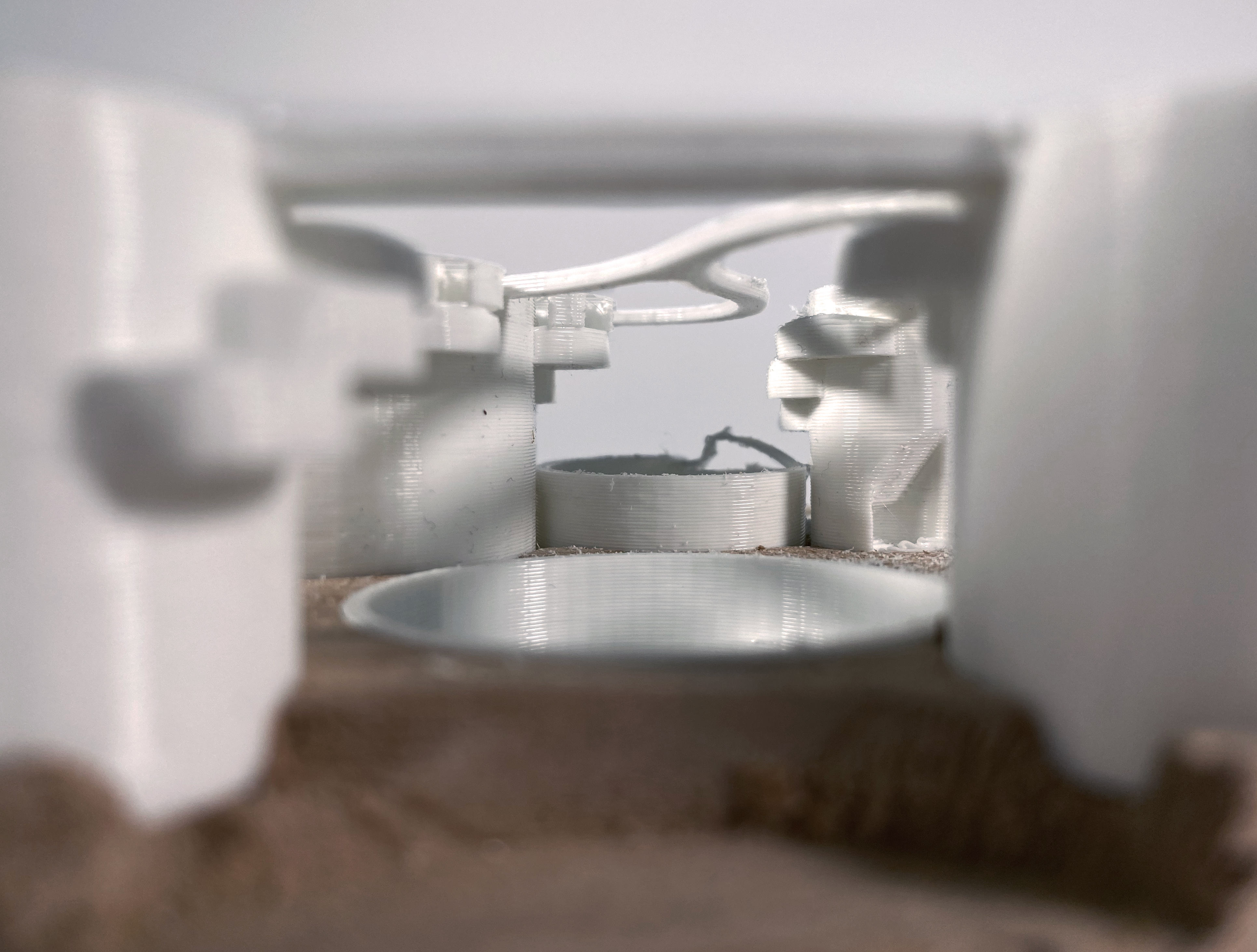
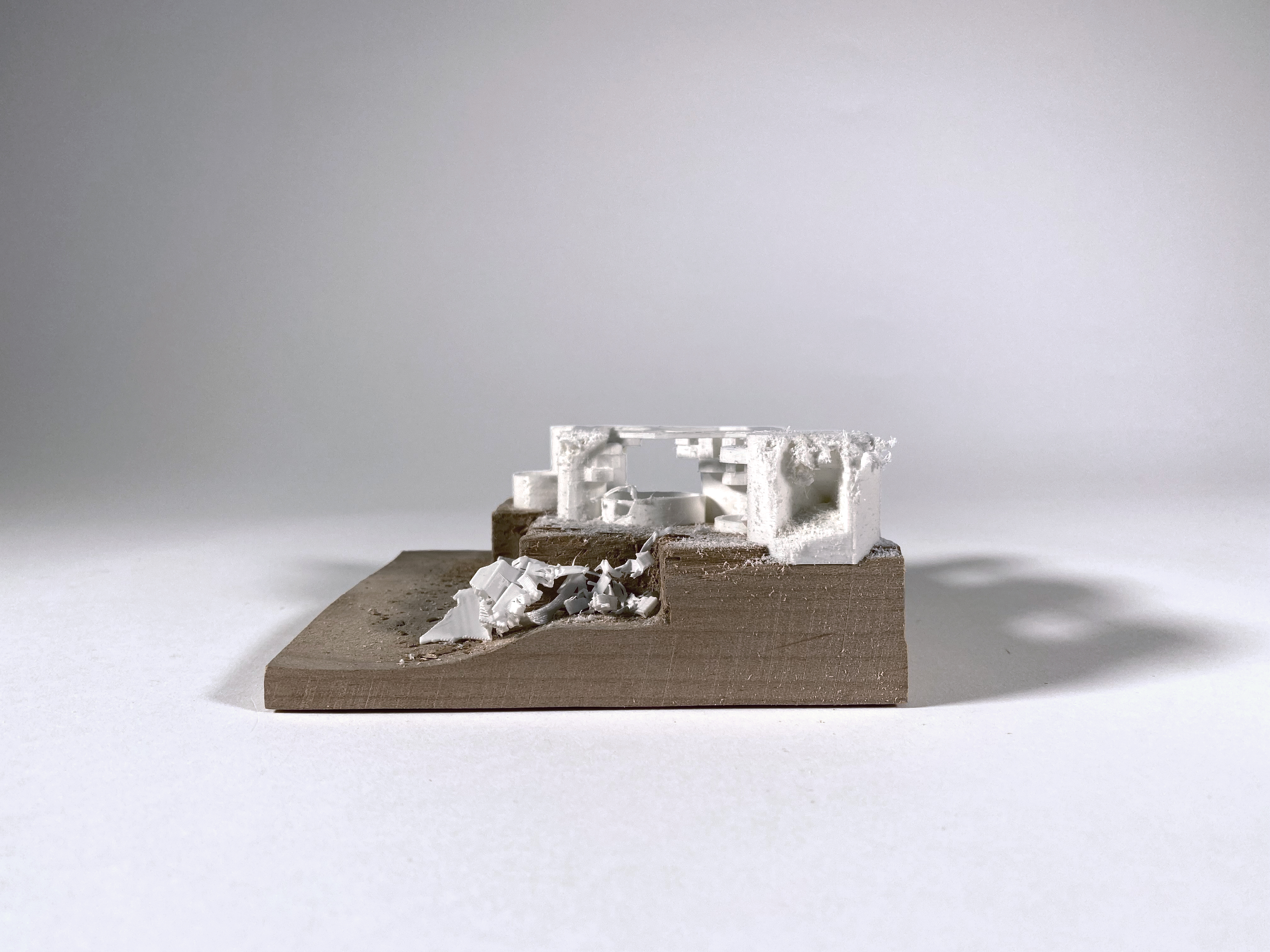
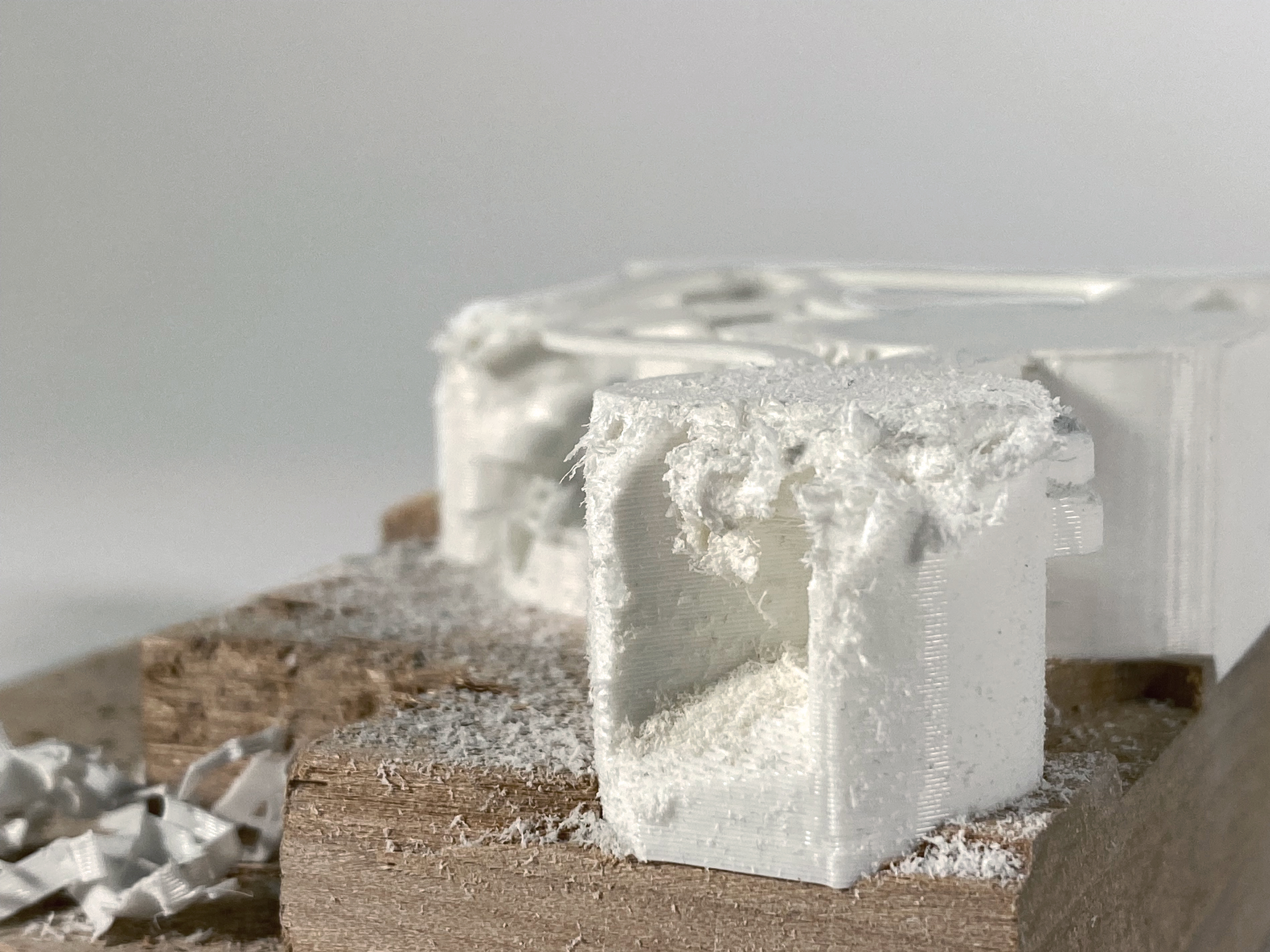
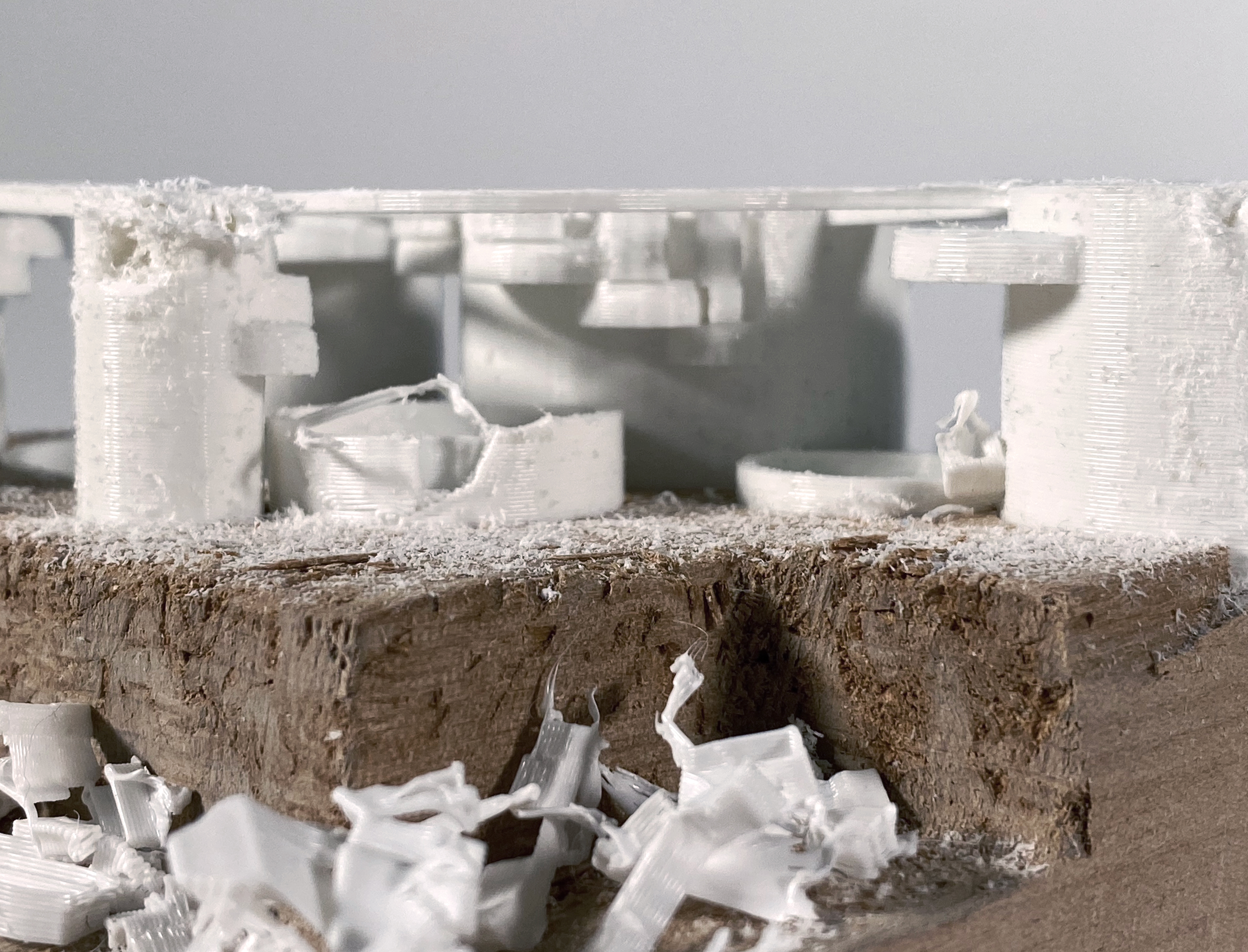

Boston City Hall Plaza Site Model
This model of Boston City Hall Plaza was created using hand cut sheets of bristol paper. The grading design was based on folded paper experiments inspired by precedent studies of successful public spaces. You can learn more about the project this model was made for here.
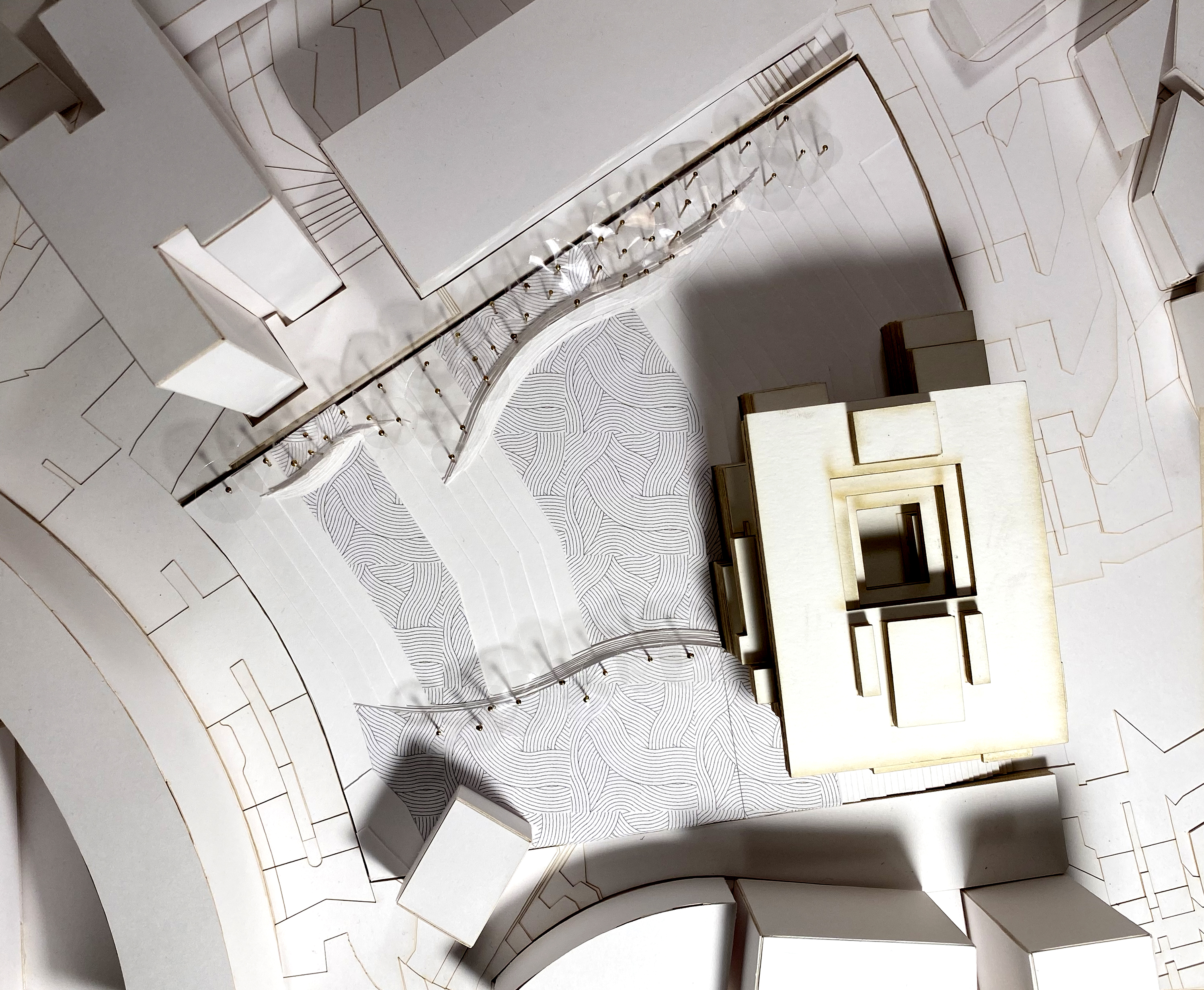
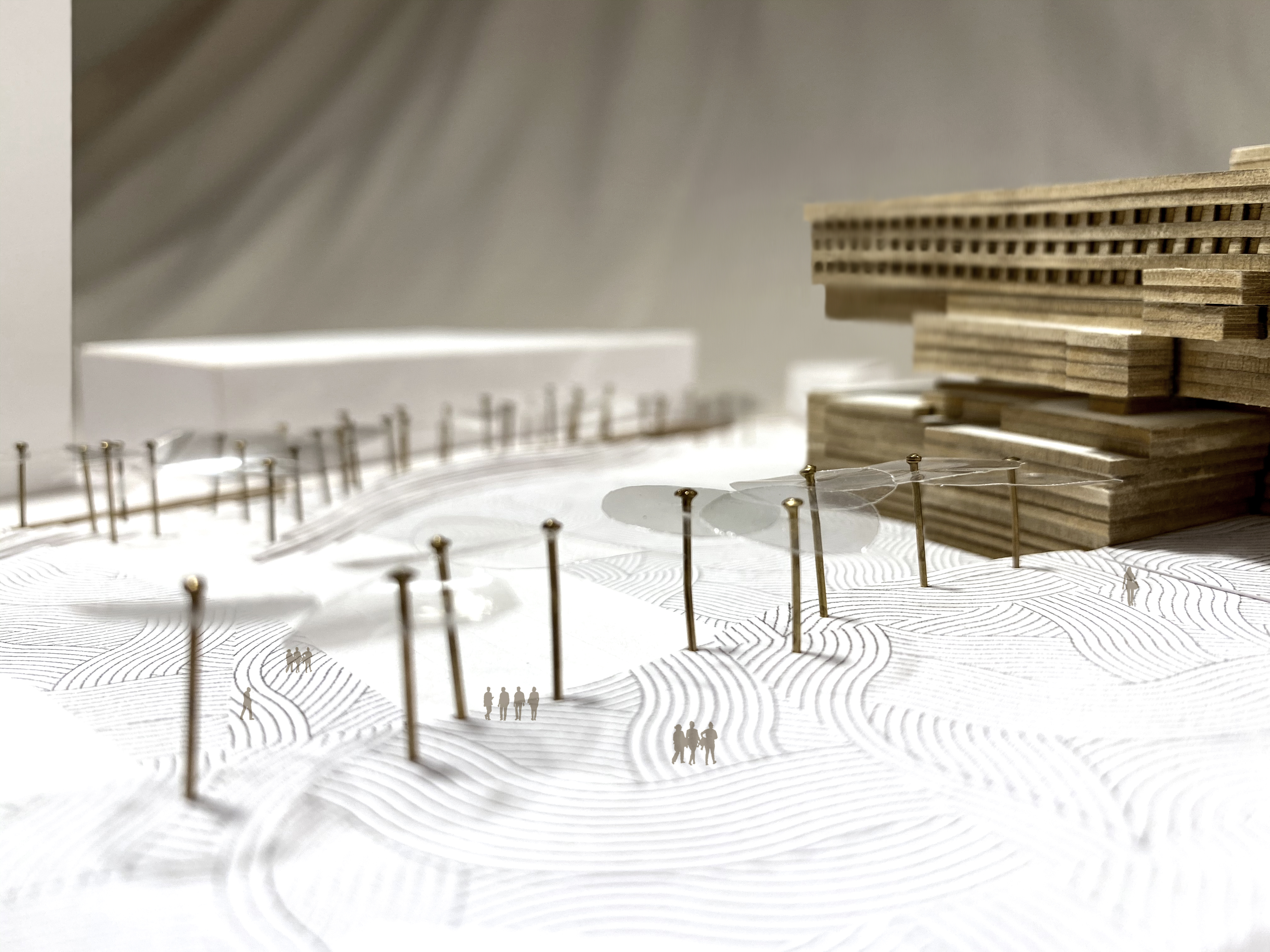
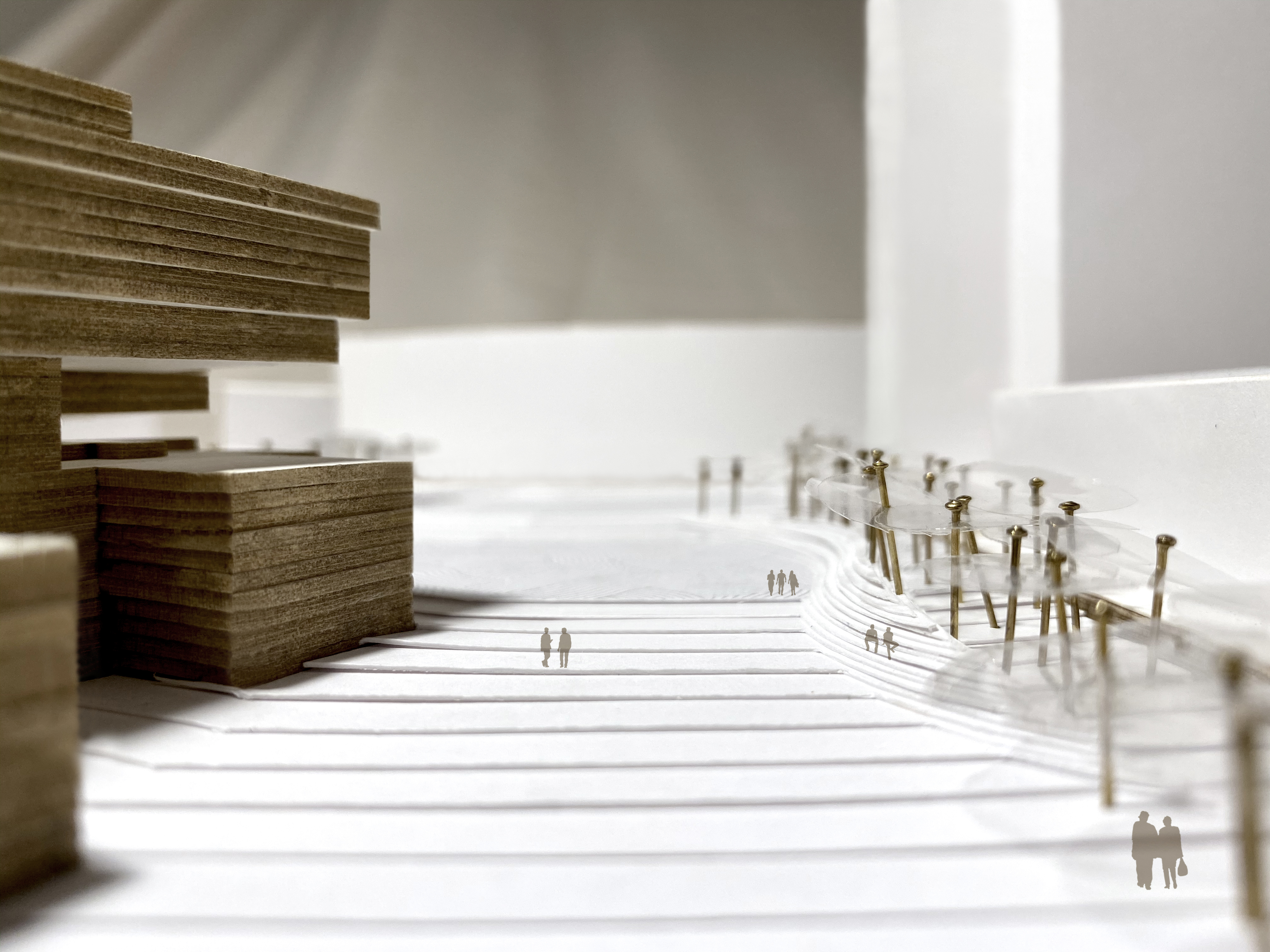
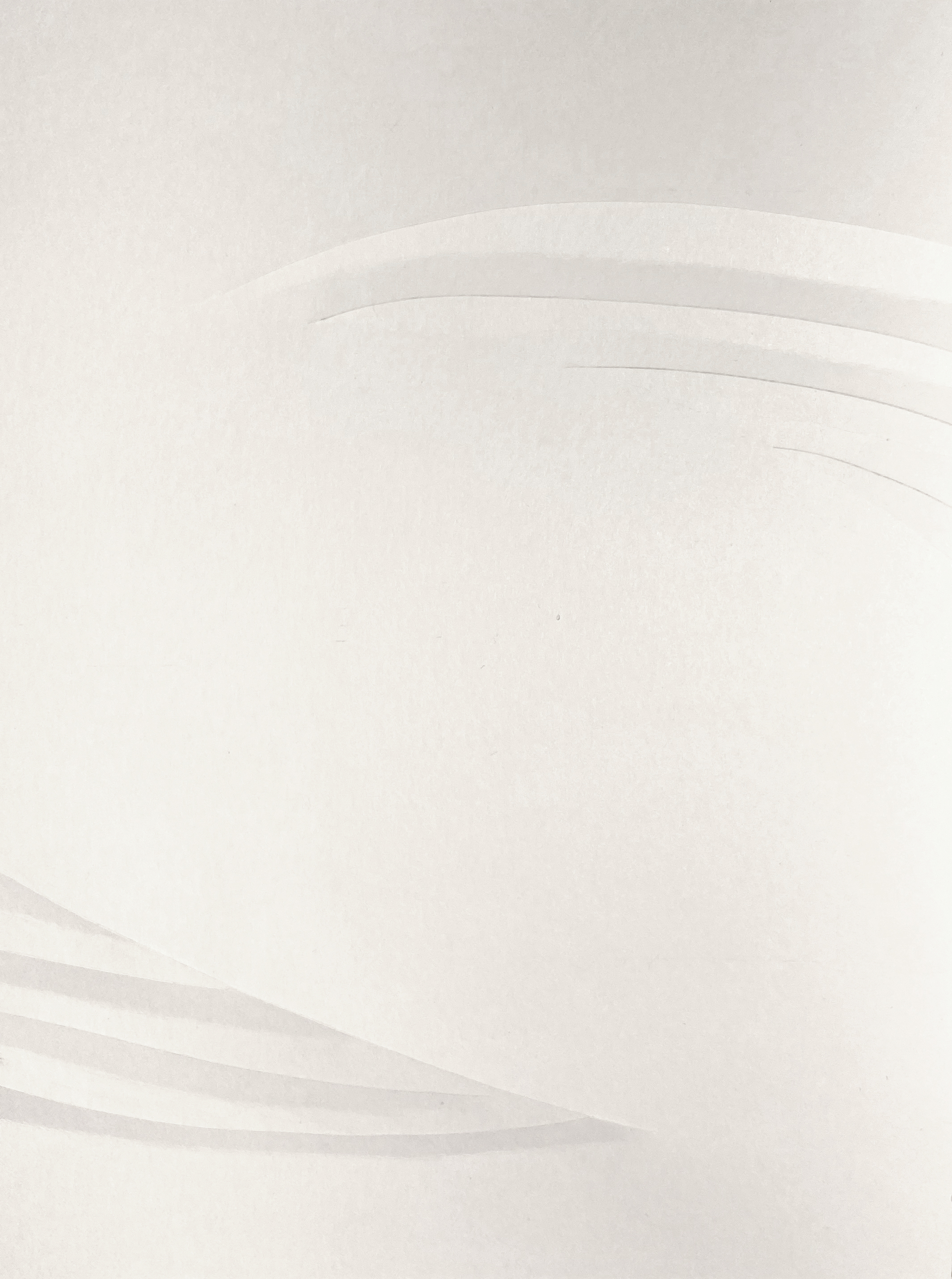
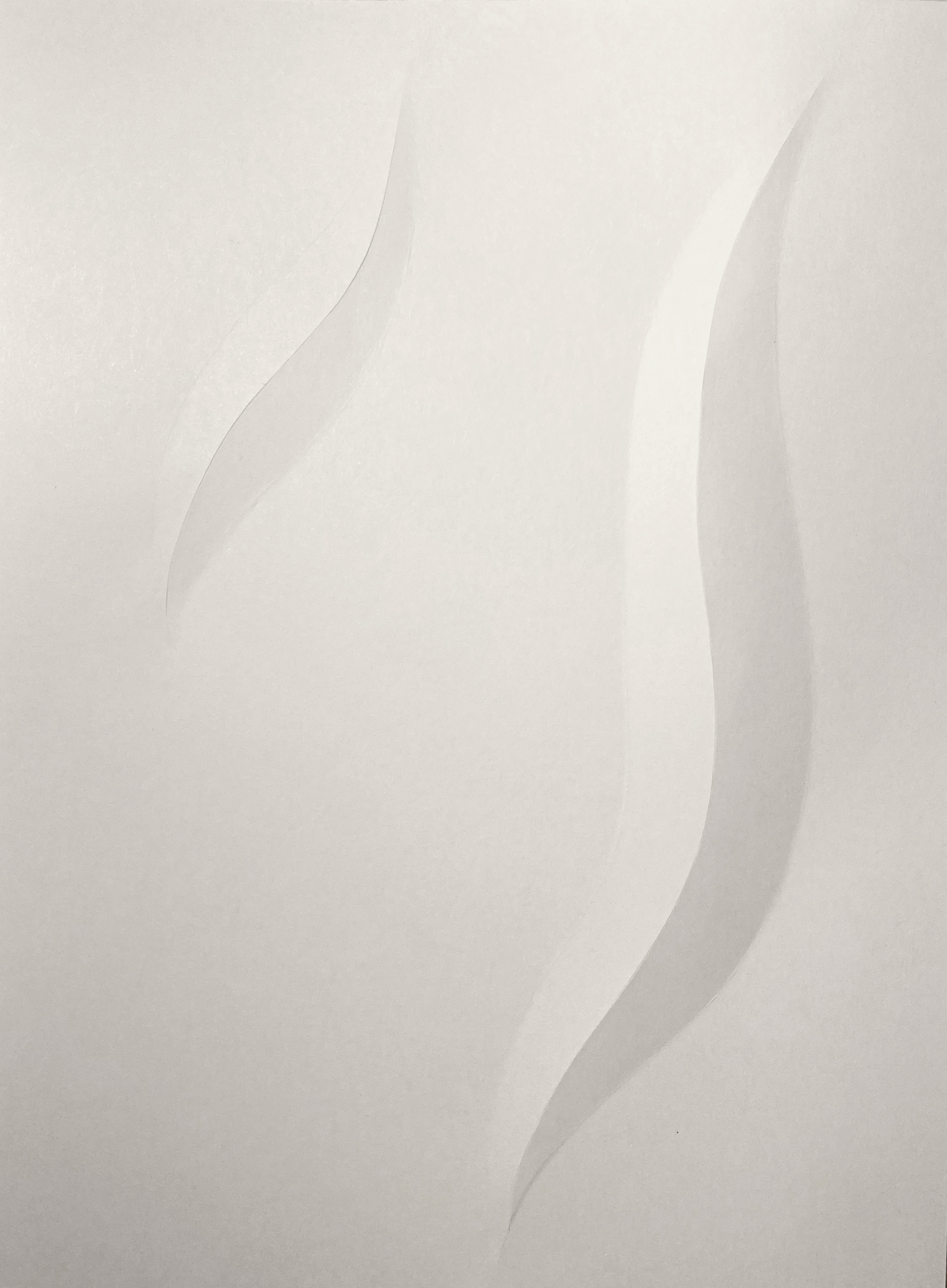

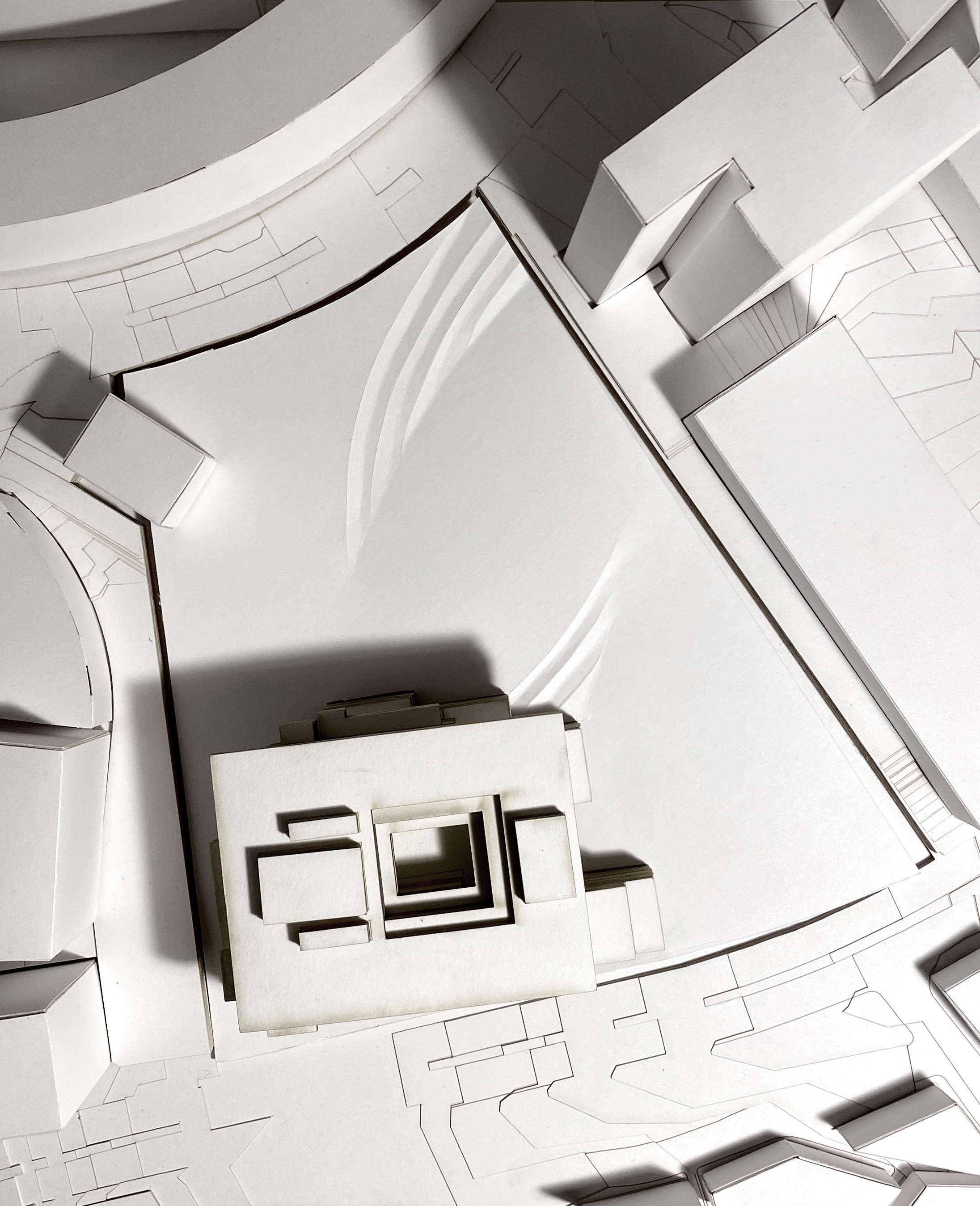
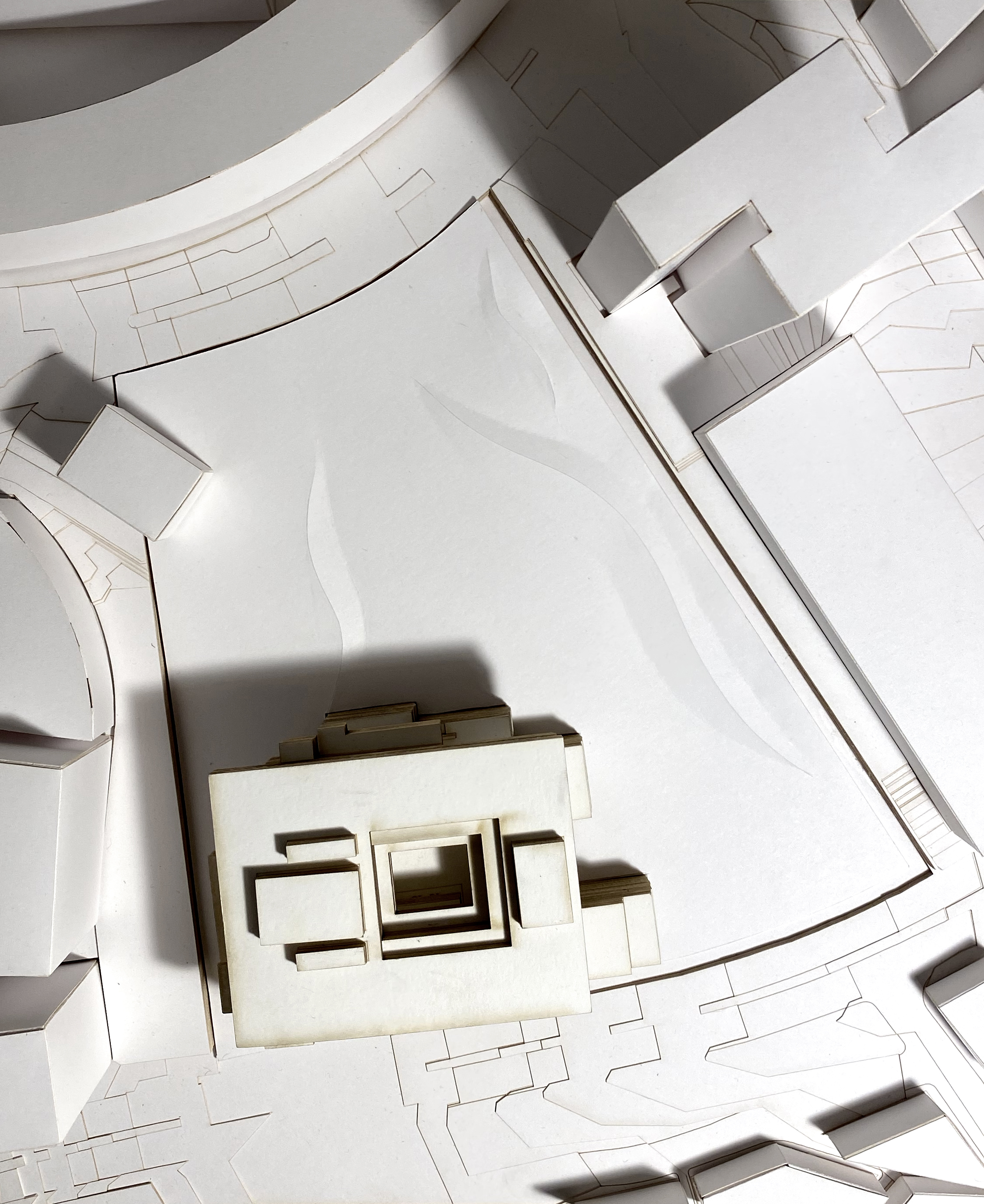
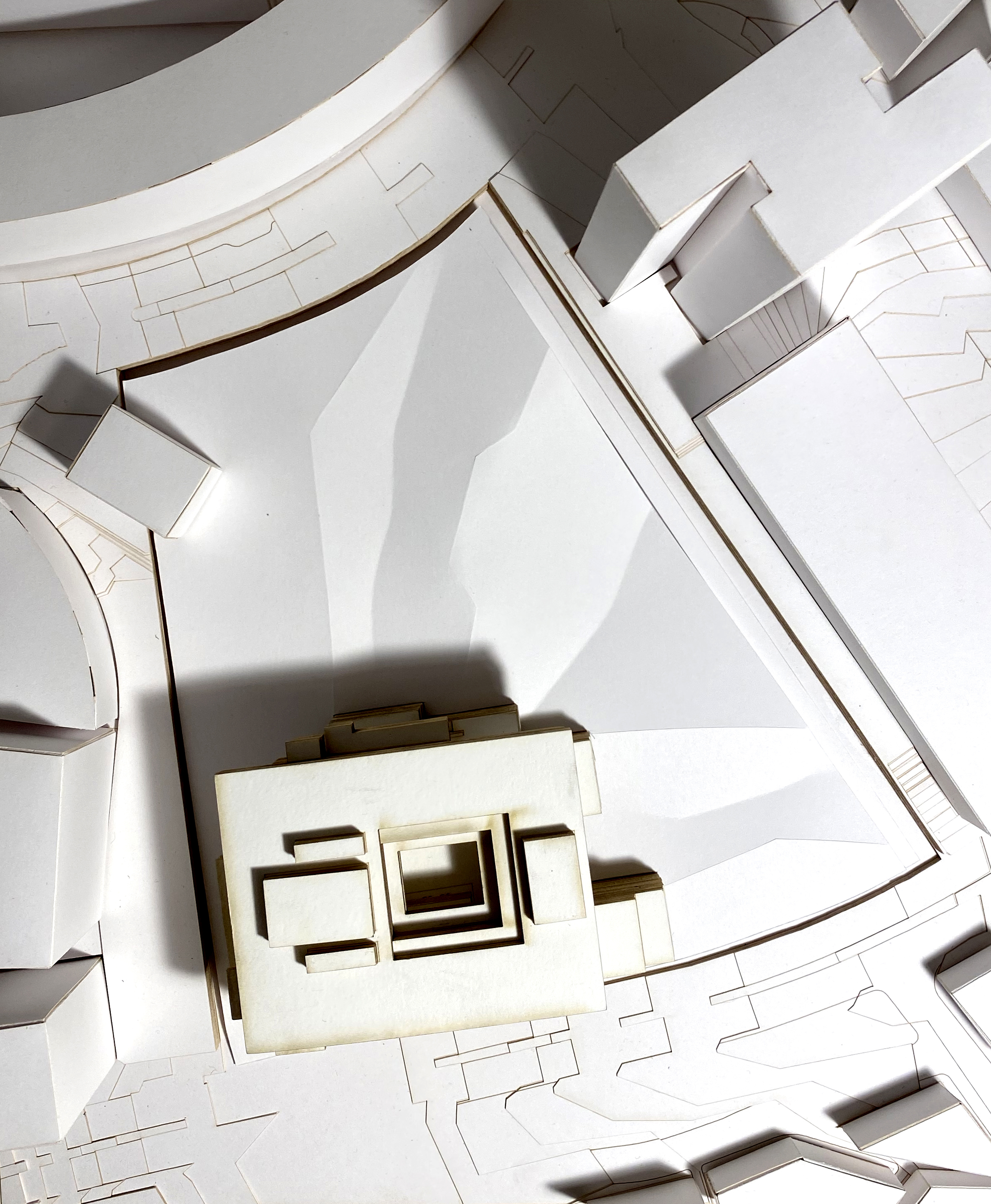
Neighborhood Tree Planting Model
This model was made using CNC-routed foam, Zund cut foam core, and laser cut trees. The model considers the location and feeling of different types of trees around the neighborhood. You can learn more about the project this model was made for here.
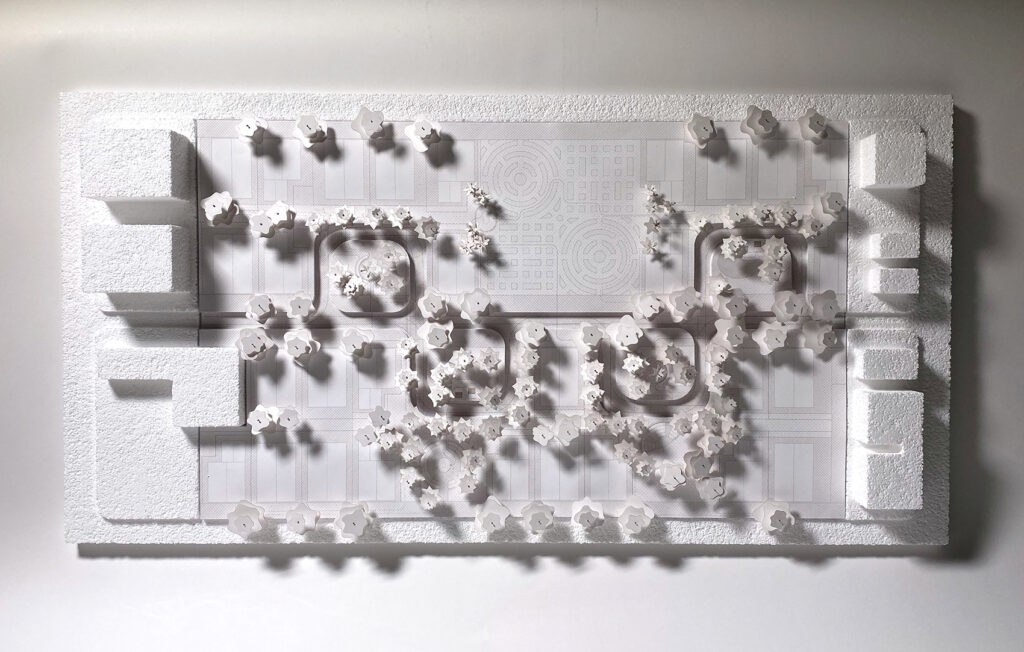


Herter Park Site Model
This model of my design for Herter Park was created using hand cut sheets of Bristol paper, wire, and salt. The model focuses on the grading by the river’s edge where my designed mounds create enclosed spaces for gathering and direct water flow. You can learn more about the project this model was made for here.
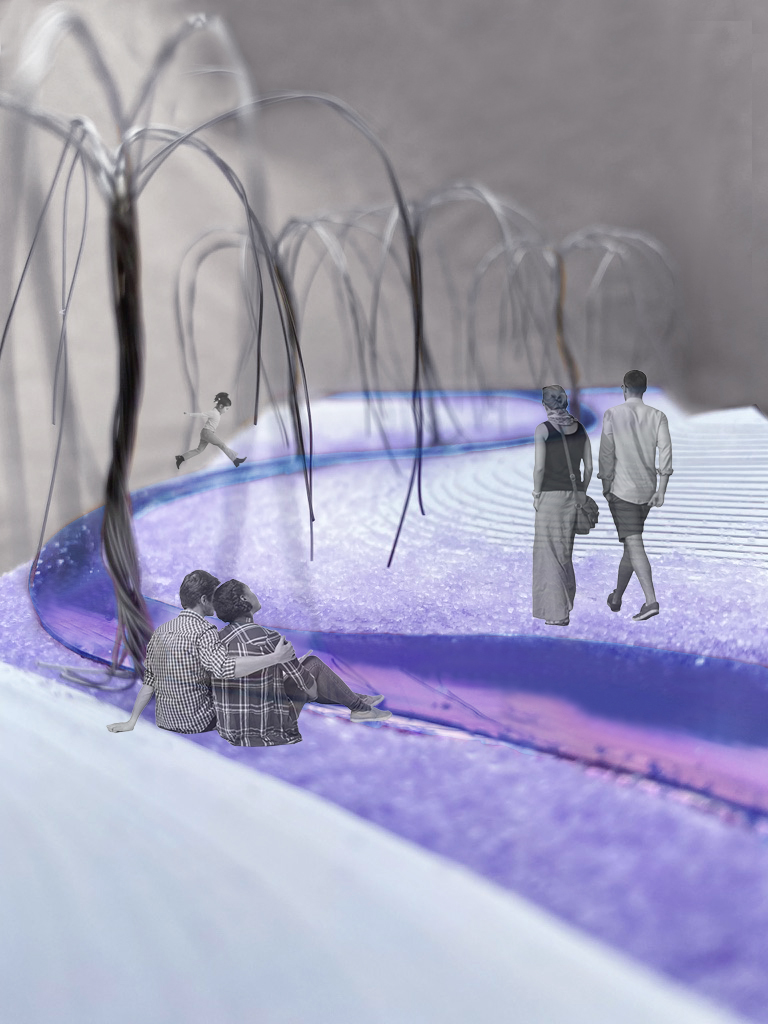
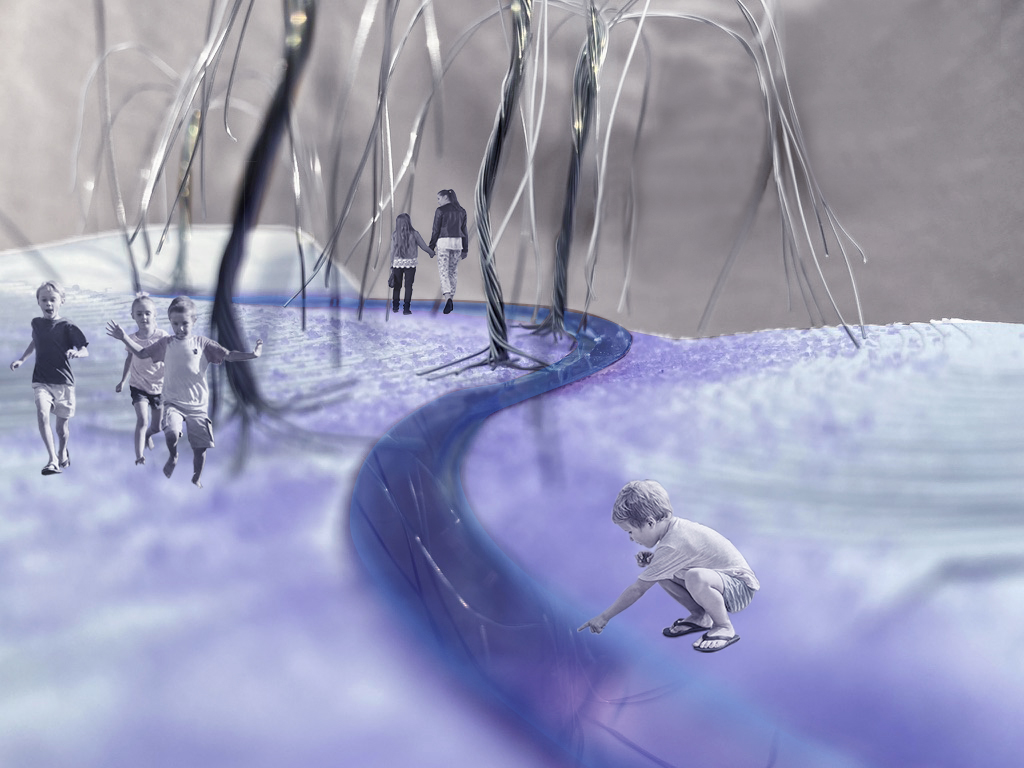
Conceptual Models
These models were created using textile-related materials and pins on foam core. They explore the density, permeability, and wind at the Albany Bulb. I drew from the vocabulary and visuals of these models for my eventual design. You can learn more about the project these models were made for here.
